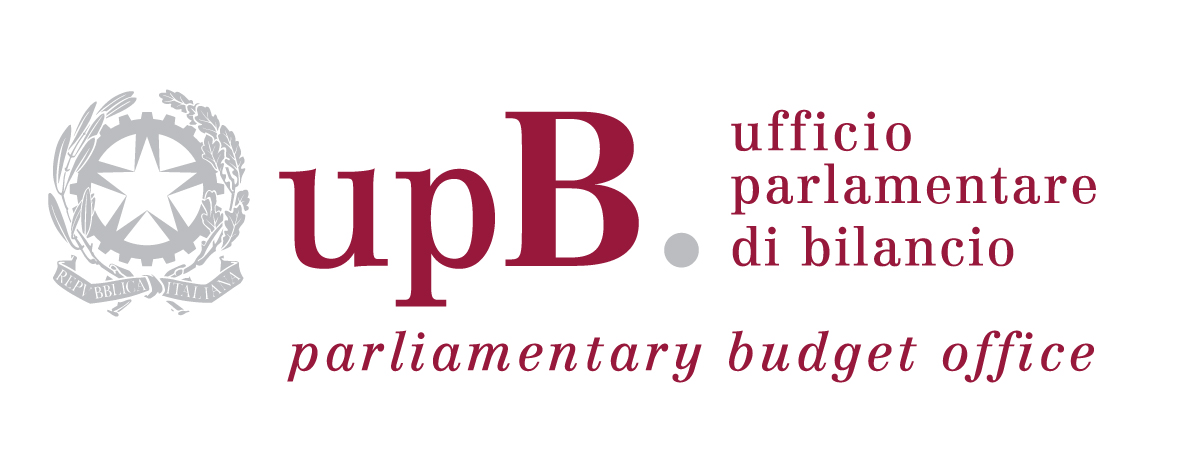19 December 2024 | The failure to complete the reform of fiscal federalism and the regulatory developments of recent years have led to a gradual shift away from the objective of strengthening the financial autonomy of local Authorities. Added to this is the poor capacity of the Authorities to collect their own revenues. The municipal waste tax (Tari) is a particularly suitable example for an analysis of taxpayer compliance and the revenue collection capacity of Municipalities. Tari must ensure sufficient revenue to allow the financial coverage of municipal waste management costs and, being linked to the use of a service whose benefits are limited to the municipal territory, it has the characteristics to be managed at a decentralised level.
The Focus addresses the issue of non-collection of Tari, which is particularly relevant for Municipalities and the soundness of their budgets. After a brief description of the functioning of local level collection and Tari regulation, the relationship between tax level and municipal waste management service costs is analysed. Furthermore, an assessment of the non-collection of Tari is provided – where possible distinguishing between that resulting from taxpayers’ spontaneous payments (compliance) and that resulting from compulsory collection activities (enforcement)- and the factors influencing one and the other are identified. Finally, some remarks are made on the effects this has on municipal budgets.
Analysis returns the following main results.
• Municipal waste management service costs, and consequently the Tari, are higher in the Municipalities of Southern and Central regions than in Northern regions, although with considerable differences within each macro-area. This is influenced, on the one hand, by the higher variable costs of waste management, which reflect the shortcomings in the provision of facilities for the treatment and disposal of different types of waste, and, on the other hand, by municipal size, which affects both the fixed and variable costs of the service, with larger Municipalities tending to pay a higher Tari.
• Despite improvements in the post-pandemic years, data show a limited collection capacity of Municipalities that tends to decrease as the resident population increases. Total collections in the 2021-23 three-year period averaged about 85 per cent of the amounts assessed, with decreasing values going from North to South (94 per cent in the North, 86 in the Centre and 77 in the South).
• Collection on account of residuals (i.e. Tari receivables accrued in previous years) appears to be even lower than collection on account of accruals (i.e. receivables accrued during the year). In 2023 half of the local Authorities considered in the analyses collected less than 71.4 per cent of the assessed Tari on accrual basis, compared to less than 24.3 per cent of residual income stock.
• Spontaneous payments and the ability to recover Tari tax debts tend to decrease as the level of the tax increases, both inter-municipally and at individual Municipality level.
• Compliance grows in relation to the increase in the perceived quality of the municipal waste collection and disposal service, the wealth of taxpayers and the commitment of the municipality to the administrative management of the tax. These factors, on the one hand, make it plausibly more acceptable for the taxpayer to pay and, on the other, less easy to escape.
• The lower Tari collection observed in larger Municipalities is explained by both the negative impact of higher tax levels – due to higher service costs – and the higher degree of urbanisation. The higher tax burden (Tari per capita) and the perception of a relatively lower quality of service due to the greater complexity of waste management caused by a larger user base may disincentivise the taxpayer from paying the tax.
• Speaking of collection on account of residuals, the analysis confirms most of the results reported so far, although the relationships are often weaker from a statistical point of view. However, unlike in the case of compliance, a strong positive correlation emerges for collection on account of residuals with the debt collection capacity of service revenue, plausibly because coercive collection activities are usually handled synergistically for all types of revenue. Also significant is the negative correlation between residuals collection and the fixed cost of the waste management service due to the return on capital which, in addition to capital depreciation, may also include uncollected Tari revenues.
Some general considerations can be drawn from these results.
Overcoming the territorial disparities in the equipment for waste management of Central and Southern regions, which is one of the objectives of the NRRP, is crucial not only to make Tari an effective tool to reduce the amount of waste produced, but also to make the imposition of Tari equitable between different areas of the country and to increase the capacity of local Authorities to cover the costs of the service.
The non-collection of part of the Tari jeopardises the full coverage of waste management costs with the revenue from the tax. Despite this, expenditure on waste management services does not appear to be affected, remaining in line with the Tari assessed and not the Tari collected, suggesting that Municipalities draw on other budget items to ensure continuity of service at the expense of others. This is especially the case among Southern Municipalities, which are normally characterised by lower availability of financial space and by already deficient levels of municipal service provision on average.
Finally, the offsetting of uncollected Tari with other municipal resources reduces the perception of the tax by local communities as a benefit tax, whose charges should be directly related to service intensity and quality, and depowers it as a tool to incentivise the reduction of the quantity of waste produced.
